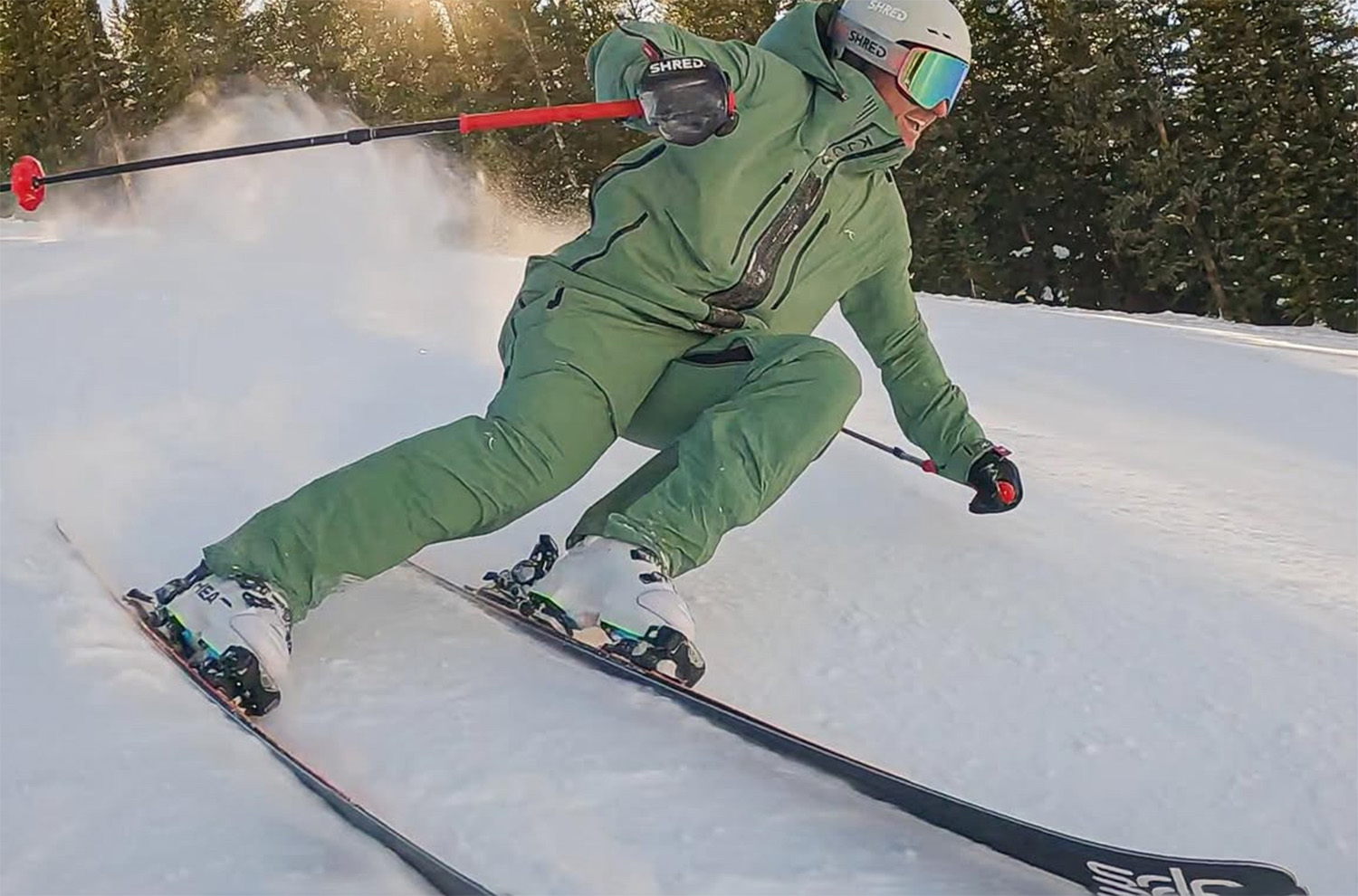
Leave a rating and / or review in the Apple Podcast app or on the Spotify app.
This free, 30-second action on your part lets us know you value all the time & energy that goes into producing & publishing GEAR:30, and it ensures that we can keep the show going.
How to Leave a Rating / Review on Apple Podcasts
- Open the Apple Podcast App
- (if you’re on your phone, simply click this link)
- Go to the icons at the bottom of the screen and choose “search”
- Search for “GEAR:30”
- Click on the SHOW — *not* the specific episode
- Scroll down to “Ratings and Reviews”
- Click on “Tap to Rate” and leave us a 5-Star Rating!
- Below that, you can click Write a Review if you’d like to share a few words
How to Leave a Rating on Spotify
- Currently, you can only rate a podcast in the Spotify mobile app
- (if you’re on your phone, simply click this link)
- Navigate to the GEAR:30 show on Spotify (not to a specific episode)
- Tap the star icon underneath the podcast description and if you like the show, leave a 5-star rating
- On Spotify, you need to listen to at least one episode before you can rate a podcast.
As part of the 5850 Fest at the World Cup Finals in Sun Valley, I talked with Ted Ligety about the tricky conditions and the very challenging course here in Sun Valley for the Super G and GS races, and the incredibly demanding business of going fast.
RELATED LINKS:
Our Blister Recommended Shops
Get Yourself Covered: BLISTER+
GEAR:30 Ep. 326: DPS Carbon Pisteworks 79
Blister Podcast Ep. 332: Ted Ligety 24/25 World Cup Preview
TOPICS & TIMES:
Unique Course & Unique Challenges (5:32)
Course Sets & Resets (10:54)
Brignone Coming To Win (15:21)
Lara Gut-Behrami (20:17)
Best Super G’s Women’s Run (23:41)
Lindsey Vonn (25:32)
Men’s Super G (29:29)
Ski Tuning (36:22)
GS Races (41:01)
Slalom Races (44:24)
What’s Next for Ted? (45:48)







One of the challenges with the first run of the women’s GS was that the course set was irregular, such that the athletes couldn’t settle into a rhythm. As Ted pointed out, the nature of the hill itself meant that there could never be totally straightforward and rhythmical set. but the first run seemed to accentuate that underlying variation much more than the second. It also appeared to me that the first run set was ideosyncratic in the sense that it didn’t conform to the athletes’ expectations about how the set would use or interact with the terrain. It reminded me a lot of something that Ante Kostelic might have set back in Janica’s or Ivica’s heydays – he was infamous for “un-ideomatic” sets with strange combinations, leading to lots of DNFs/DQs.
Lara Gut was amazing,. I’ve been following her since her days as the oft-suspended “wild child” of the Swiss speed team, and I think she was underrated for much of that time but is now getting her due. It’s unfortunate for her that her career overlapped with a pair of unprecedentedly dominant female racers (Vonn and then Shiffrin).
Shiffrin’s win also impressed me – She’s had a very difficult season with the “pole impalement” injury, and is historically weakest in softer, springy conditions (Vlhova in particular used to beat her semi-regularly in those conditions). For her to come through with win 101 as she did was inspiring. And of course Vonn is doing previously unimaginable things with a bionic knee (IMO that’s even more impressive than her age).
The “rough vs smooth” edge thing that Ted talks about is a very big deal, though IMO to really understand it you need to be used to working with a Trione or Snowglide. Those tools leave very specific (and different because of their opposite rotational directions) kinds of “tooth” to the edge depending on what stone you use, how fast you move the tool, and how much pressure you apply (with the Trione, though the newest Snowglide also has a tension/pressure adjustment).